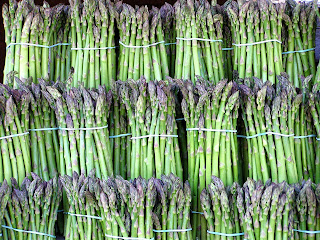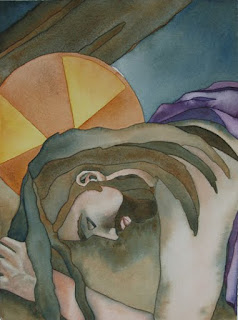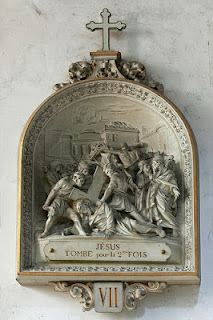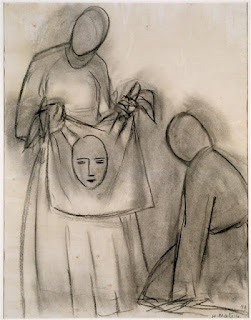"Silent, surrendered.
Silent, surrendered, calm and still,
open to the word of God...."This is the video I posted this week for the
RevGalBlogPals Sunday feature. I found it while chaperoning the high school crew. They are in the throes of the final weekend of building the sets for their spring production of
The Wiz. The music here is pounding, the saws are whining and every so often a voice comes over the sound system asking for a hand with the lights. Silent. Not. Still. No way!
And here I am tucked up in the back, getting warmed up to write a column that is due later this week. There is something quite wonderful about being "in" on the mysteries of constructing a set, of watching ideas take flesh. The giant green oval of yesterday that today is clearly an emerald throne, the props staff hunched over the computer hunting down a traffic signal they can afford (and that will get here in time). The myriads of details that only a few people might notice, the hammered flat soda cans affixed to the flats, the stuff atop the cabinets stage left.
I see the production with different eyes, knowing what's been poured into it. I'm writing a piece for the feast of Mary, Mother of God next year, I just gave a night of reflection on Mary in the Lenten Gospels (wrestling
again with the time paradox of being a writer bound to both the liturgical year and printer's deadlines - there's a crucifixion metaphor there, I'm sure, but it might be more properly reserved to editors), and this has me reflecting on how Mary saw things, knowing so intimately what was poured into the Incarnation.
_____
Tangential reads: Robin on
shifting perspectives in prayer and the feminine in the divine which made me think a bit more deeply about what shifts when we consider the quieter perspectives, the silent voices, in the Scriptures...
and Jayme Stayer SJ's
Sh*t Christian Poets Say: The Problems of God-Talk, Sentimentality, and Style. I loved the piece, which is sharp and scholarly without sacrificing wit. As I wrote the bit for RevGals I did imagine Stayer would find the lyrics to this piece somewhat wanting. I have to admit his piece nearly made me terrified to ever pick up a pen again to write reflectively about prayer or theology, though he allows that prose writers have a bit more space to work: "A large part of the problem is the medium of poetry itself: the pressure that the lyric mode exerts on language makes the words vibrate with intensity. The problem of style is solved much more easily in prose. The casual, button-down modes of prose—such as narrative, memoir, or personal essay—are roomier places to switch registers of discourse."











